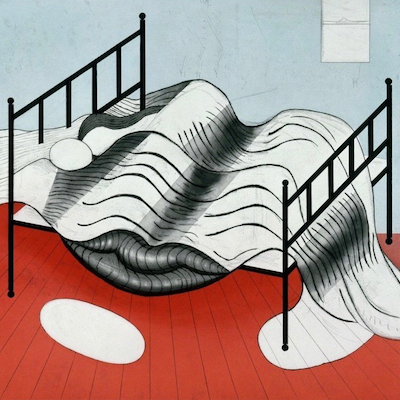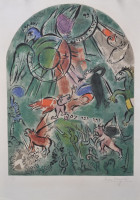Paul Delvaux
Paul Delvaux (Belgium, 1897–1994) was a prominent surrealist painter known for his dreamlike, enigmatic scenes. His works often feature deserted cityscapes, classical architecture, and mysterious female figures, blending realism with a sense of timelessness. Delvaux’s art evokes wonder and introspection, making him a central figure in 20th-century surrealism.
- Recently Added
- Price (Low-High)
- Price (High-Low)
- Year (Low-High)
- Year (High-Low)
Paul Delvaux
Construction D'un Temple En Ruine De La Déesse Vanadé Paris, 1975
Limited Edition Print
Etching
Currently Not Available

What is Postmodernism?
Postmodernism is an art movement that emerged as a reaction against authority and traditional boundaries, seeking to blur the lines between art and everyday life. It aimed to bridge the gap between the cultural elite and the general public by embracing eclectic mixtures of earlier conventions and styles. Postmodernist art often challenges established norms and celebrates diversity, irony, and pastiche, making it a movement that reflects the complexities of contemporary culture.




















